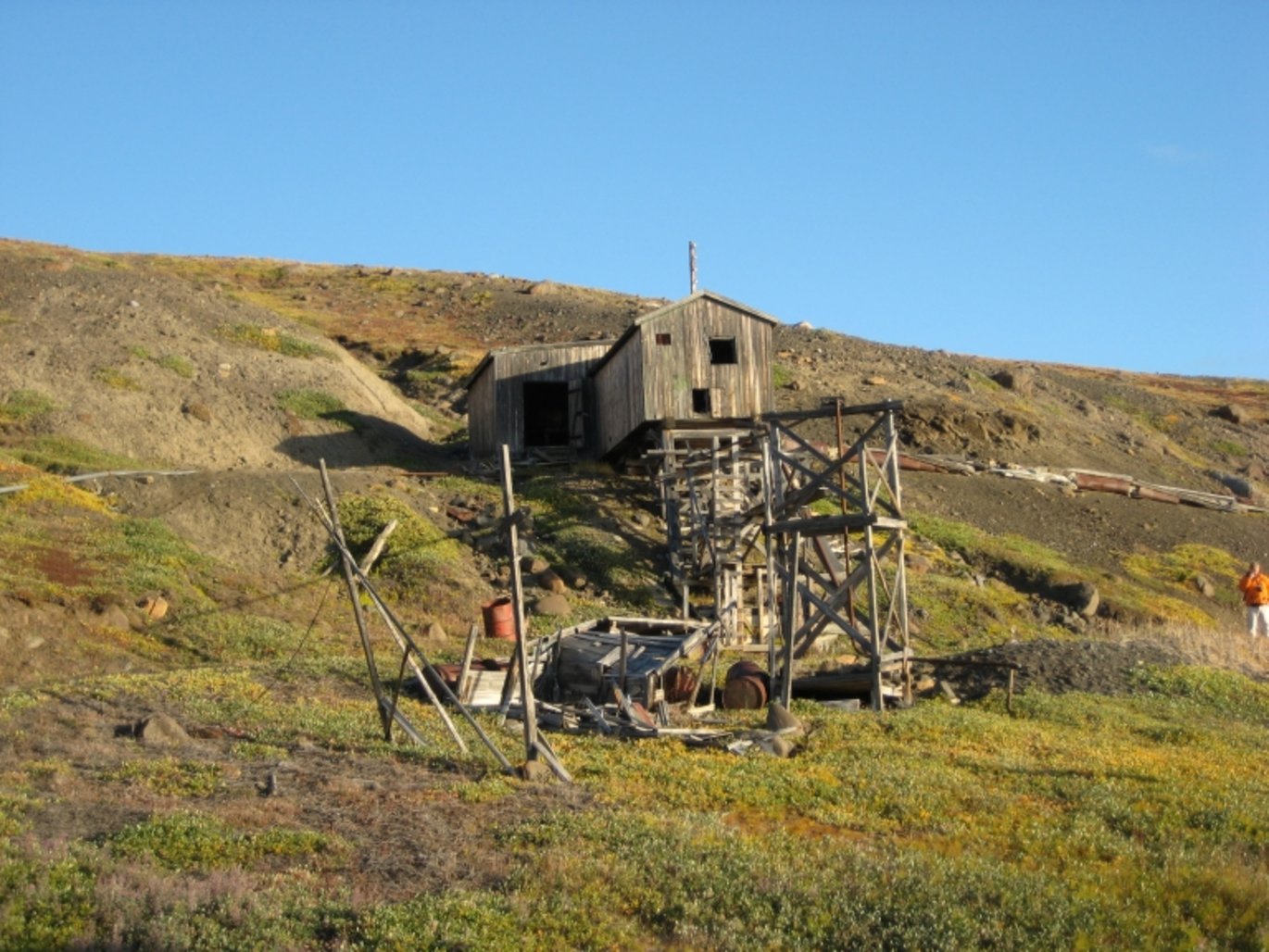Historical experiences and contemporary lessons from Qullissat
By Pelle Tejsner (PhD social-anthropology, ARC/ARTS)

On February 4, geologist Minik Rosing, chairman on the Committee for Greenlandic Mineral Resources to the Benefit of Society presented the main findings from the Committee’s work to the public in Copenhagen. The report has sparked a great deal of debate in both Greenland and Denmark due to its dire economic projections in relation to resource exploitation and the prospect of future Greenlandic independence from the Kingdom of Denmark.
As co-author on the background paper, which reviewed some of the historical experiences of mining exploration, I want to highlight the main lessons, which our review provided in relation to a possibly eminent resource exploration in Greenland today.
At its peak operating capacity (around 1950), the coal mine at Qullissat on Disco Island was almost entirely run by Greenlandic workers and supported a population of some 900 inhabitants making it one of the largest towns in Greenland at the time. The case of Qullissat coal mine (which operated between 1924 and 1972) presents us with some important lessons about the experiences of locally employed Greenlanders and their families when the mining town, and thus an entire community, was shut down overnight.
The closing of the coal mine at Qullissat sparked an enduring trauma among its former residents, many of whom afterwards settled in Qeqertarsuaq on the southern tip of Disco Island. So while I was conducting fieldwork in Qeqertarsuaq (2007-2008) on local experiences and adaptation to climate change, I often listened to the life stories of older informants as they reflected upon some of the events, which had shaped their lives. More than once, I listened to stories about how people sought to cope with the loss of their homes in Qullissat and the hard times that followed in the aftermath of the closing of the mine. Many also stressed the fact that they were relocated to new villages and towns that were not always welcoming while others found themselves relocated to the controversial Blok-P in the distant capital Nuuk.
Having to start all over in a new place, among people they hardly knew, continues to suggest the sense of loss, even betrayal - which the relocated inhabitants of Qullissat felt - both then and now.
An enduring legacy
To this day, the closure of Qullissat was seen as a traumatic experience as many of the former inhabitants continue to express their grievances about their lack of involvement in Qullissat’s closure and the loss of former livelihoods. The experience, however, would also significantly influence some of the key political trends, which eventually paved the way for home rule in Greenland.
If there is a lesson to be learned from Qullissat, in the context of the recently published report on the prospect of oil and mineral exploration in Greenland, it is perhaps that the case illustrates the importance of encouraging public participation, not only at an early stage of any proposed mining venture, but also when it comes to planning for the future sustainability of the relevant community if and when a mining project is proposed.
